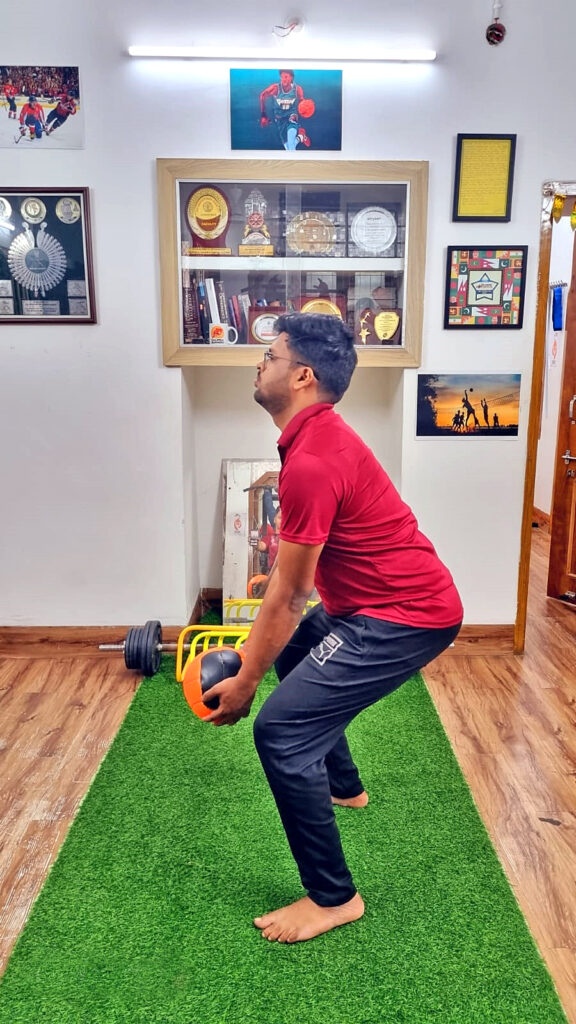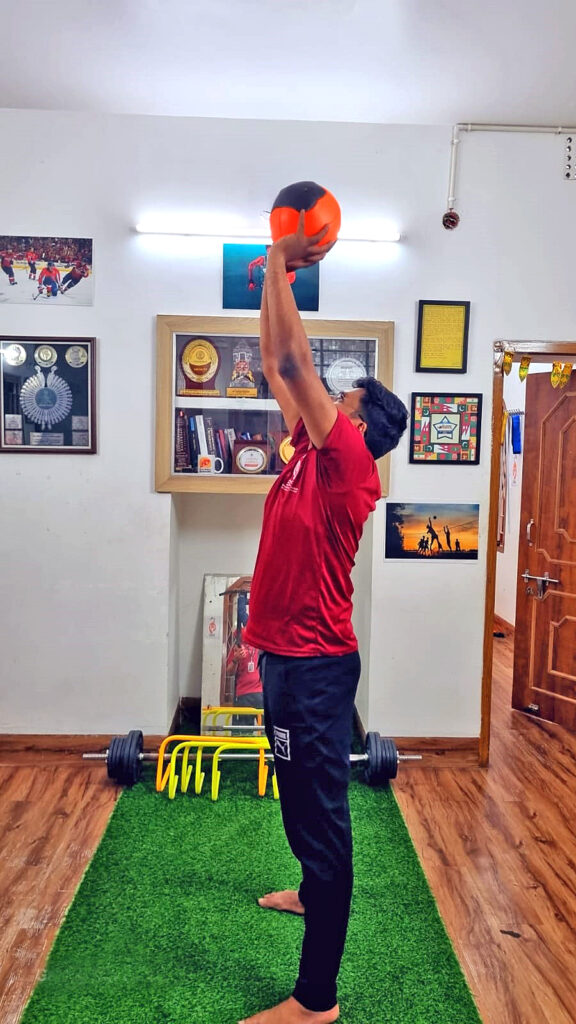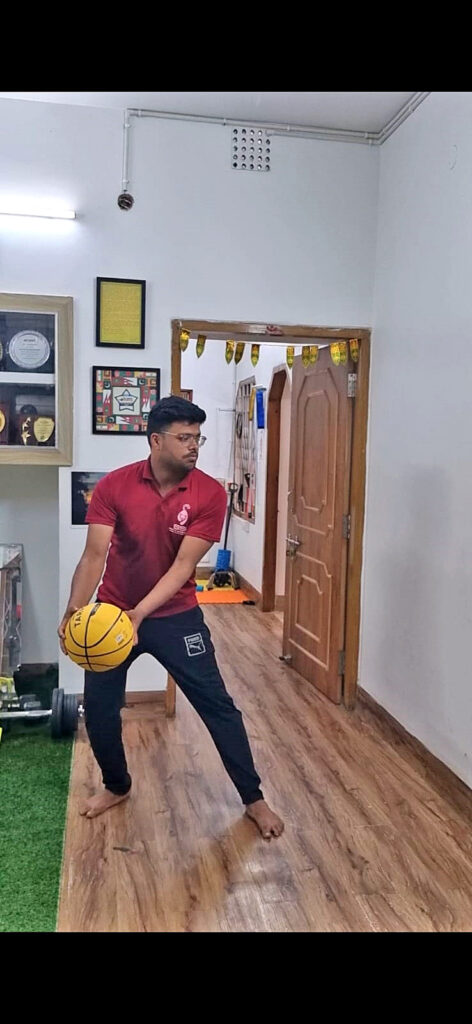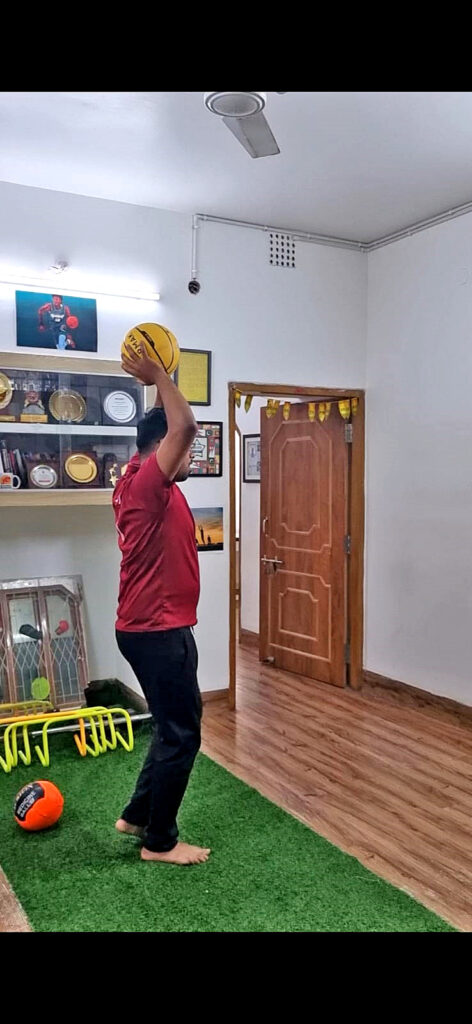Decoding ballistic training
Do you wish to enhance your explosive power? Then, ballistic training is a must. Know what it means and a few exercises, which are a part of the training
In the strength and conditioning training, ballistic training or exercises play a key role. According to experts, ballistic training is often used by athletes who wish to enhance explosive power through boosting fast twitch muscle fibres. These muscle fibres are directly responsible for overall growth and strength. This form of training involves the use of jumps, throws, or strikes to continually speed up throughout the concentric action. It should not be confused with plyometrics. This form of training primarily consists of velocity-based lifts that emphasise on concentric (shortening of a muscle) acceleration movements.
These training can be undertaken with the use of light, moderate, or heavy loads. The intention is to be able to move quickly rather than the actual velocity of the load. The load is the force behind neural adaptations such as increased motor-unit recruitment, rate of force development, and intra- and inter-muscular coordination. But, it comes with caution. There is high level of risk involved in performing these exercises, when performed with heavy loads. Thus, these should be coached effectively. These should only be taken up after periods of traditional strength training.
Experts also believe that ballistic training effectively increases the athlete’s functional power, particularly in the upper portion of the body and core muscles. Different-sized medicine balls are used for this training. The exercises involve throwing as hard and fast as you can. There is no deceleration phase in these exercises performed with medicine balls.
Being different from traditional weight training
According to several researches, it has been highlighted that problem exists with traditional weight training in case of power development. In traditional training, the athlete must slow down during a considerable portion of the exercise. As per UK-based strength and conditioning coach, Scott Pearson ‘this deceleration can range from 24-52% of the concentric phase, depending on the load being lifted. “The deceleration portion is greater when using lighter weights and attempting to move quickly and is therefore undesirable when attempting to maximise explosive performance. However, ballistic training avoids this problem by allowing the athlete to continue to accelerate through the entirety of the movement,” he writes.
Four best ballistic exercises
Some simple ballistic exercises can become a part of your everyday workout regime. Here are some useful ones which can be performed easily:
The Backward Toss: It can be performed with or without a partner. If there is no partner, simply throw the ball against a wall or into open space. You must have a medicine ball with little or no bounce . You need to stand a few meters from your partner or else stand with a few meters of space or a wall behind you. The ball must be held between the legs and squat. It is advised to explosively return from your squat and toss the ball over and behind the head as far as possible.


Supine Reactive Throw: The workout area must be set up by placing an exercise mat on the ground. One should get into position by lying face-up on the ground. Thereafter, knees are bent and kept flat on the floor. The partner gets on the box and drops the medicine ball into his or her hands. The ball must be lowered while performing a bench press. The ball must be thrown up in the air for the partner to catch.

The Standing Rotational Toss: This exercise targets the upper back, hips, and abdominal muscles. It gives the obliques a thorough workout. For this exercise, one needs to stand several feet from a wall with the side facing the wall. Then, he or she needs to hold the medicine ball in both hands. Then, he or she should start by rotating his or her shoulder away from the wall and prepare for throwing the ball. Immediately reverse the directions. Turn the shoulders explosively as the ball is launched against the wall as fast as possible. Now, catch the ball as it bounces off the wall.

Overhead throw: This has resemblance with sideline throws performed by the soccer players. It gives a boost to the upper body strength and explosiveness. It should be started a couple of meters from the wall. The performer needs to grab a heavy medicine ball with little bounce in it. Both hands must be involved for doing so. Keep the ball behind the head as you prepare to throw it. A forward step must be taken for throwing the ball towards the wall as hard as possible.



